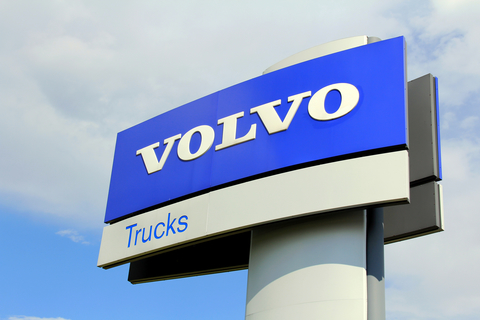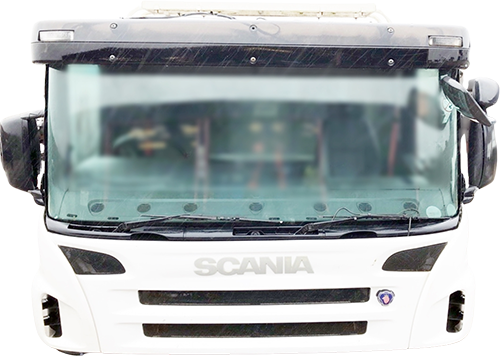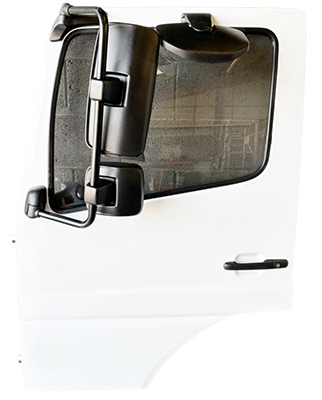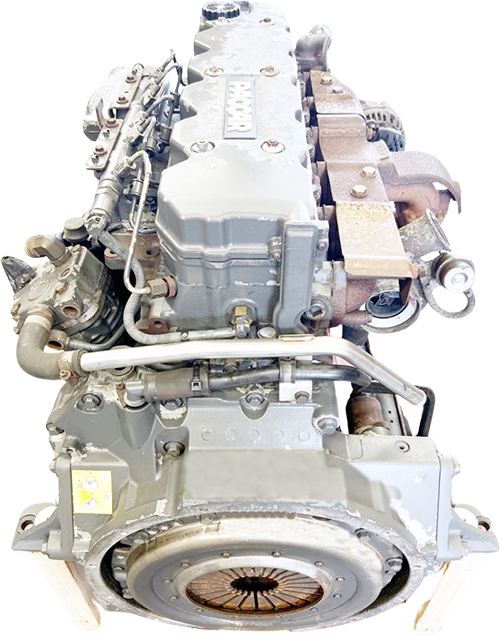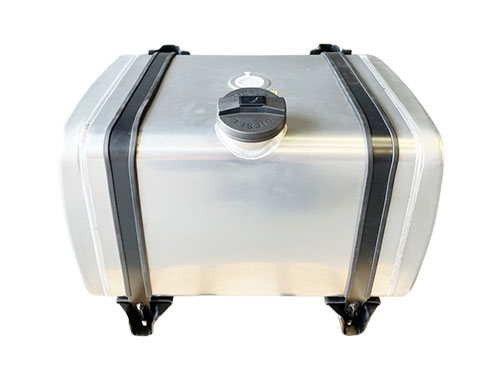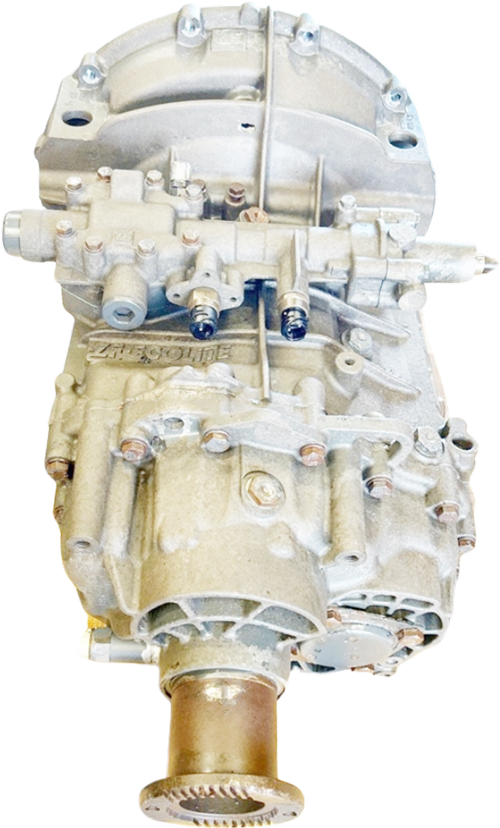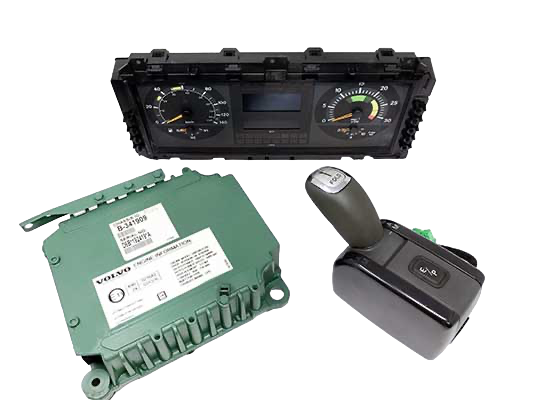It is estimated than 1 in 4 trucks on UK roads is a Volvo, and yet despite the obvious popularity of them, few people know about their history. In this article, we will look at the history of Volvo trucks.
The First Volvo Truck
The first Volvo truck was launched in early 1928. The LV series 1 had a 28bhp 2.0-litre 4-cylinder engine and a welded flat-bed trailer. It was an immediate hit, with 500 models sold before the summer of 1928.
The series 1 was delivered without a cab, although Volvo did offer customers a cab manufacturered by Åtvidaberg. Most customers had the truck delivered without a cab, and would then have one manufactured to their own specification.
1930 to 1950
After the success of the series 1, Volvo would go on to produce several new models. In the 1930s, these were the LV71-S and LV73S and LV75. In the 1940s, Volvo saw its production of vehicles fall due to World War II. However, the sales of cross-country vehicles to the Swedish Army made up for the shortfall in truck in truck production.
Having made it through the 1940’s, the 1950’s were good for Volvo. Volvo acted as a pioneer for turbocharged engines and produces several trucks with advanced engines that ran on diesel. Trucks of the 1950’s include the L34, L35, L36 and L37.
1960 to 1970
1960 saw the introduction of certified safety cabs on trucks in Sweden. The F82 and F83 trucks were launched, followed by the L4751 and F85. Eight more trucks were launched in the 60’s. Fast-forward to the 1970’s, and this decade saw the introduction of ‘flat-nosed’ trucks which would determine the design of trucks in Europe for years to come.
1980 to 1990
While the 1980’s was a quiet year for truck design, the 1990’s saw a devotion to environmental concerns. Concerns regarding the efficiency of trucks were brought to light, which saw Volvo launch a new software platform called Volvo Dynafleet 2.0. This allowed haulage companies to increase efficiency and safety on journeys.
Modern History
Volvo Trucks is a subsidiary of the Volvo Group (AB Volvo).
A global truck manufacturer, Volvo Trucks is based in Gothenburg, Sweden. It is the world’s second-largest truck manufacturer behind Daimler AG.
In 2012, Volvo Group was reorganized to improve efficiency, which led to Volvo Trucks ceasing to operate as a standalone company. It was incorporated into Volvo Group Trucks, which also includes Renault trucks and UD trucks.
So, there we have it – a brief history of Volvo Trucks. You can find out more about the history of Volvo Trucks here.







